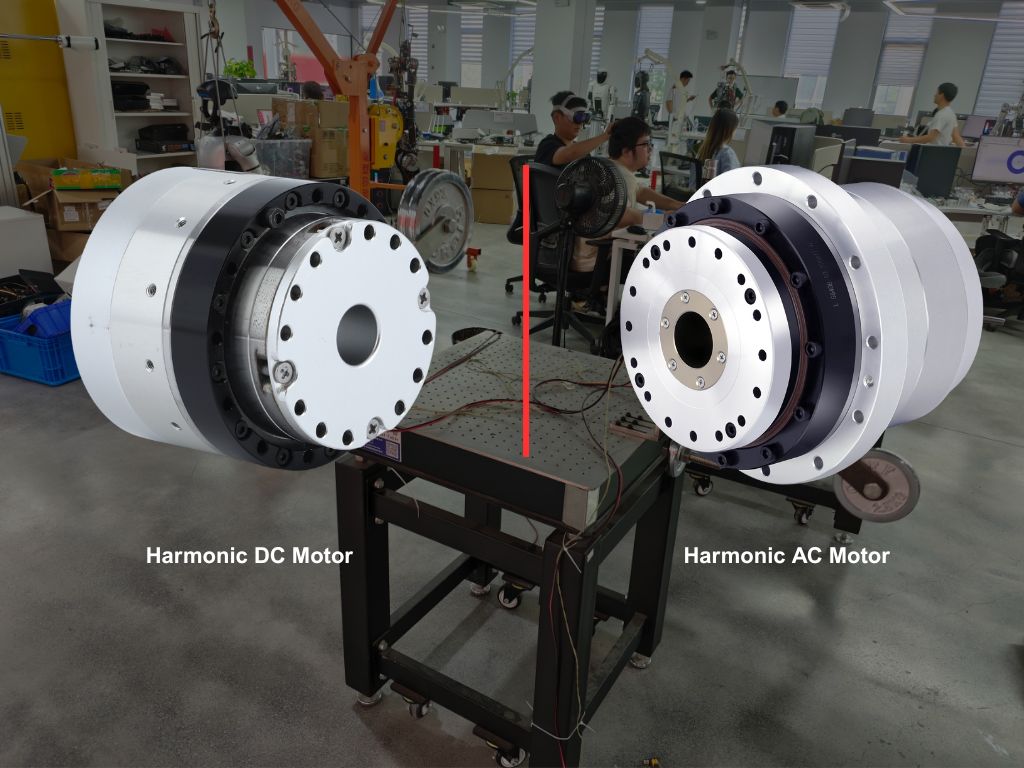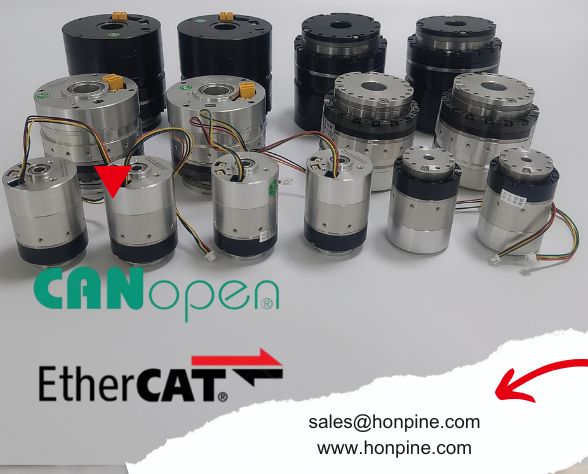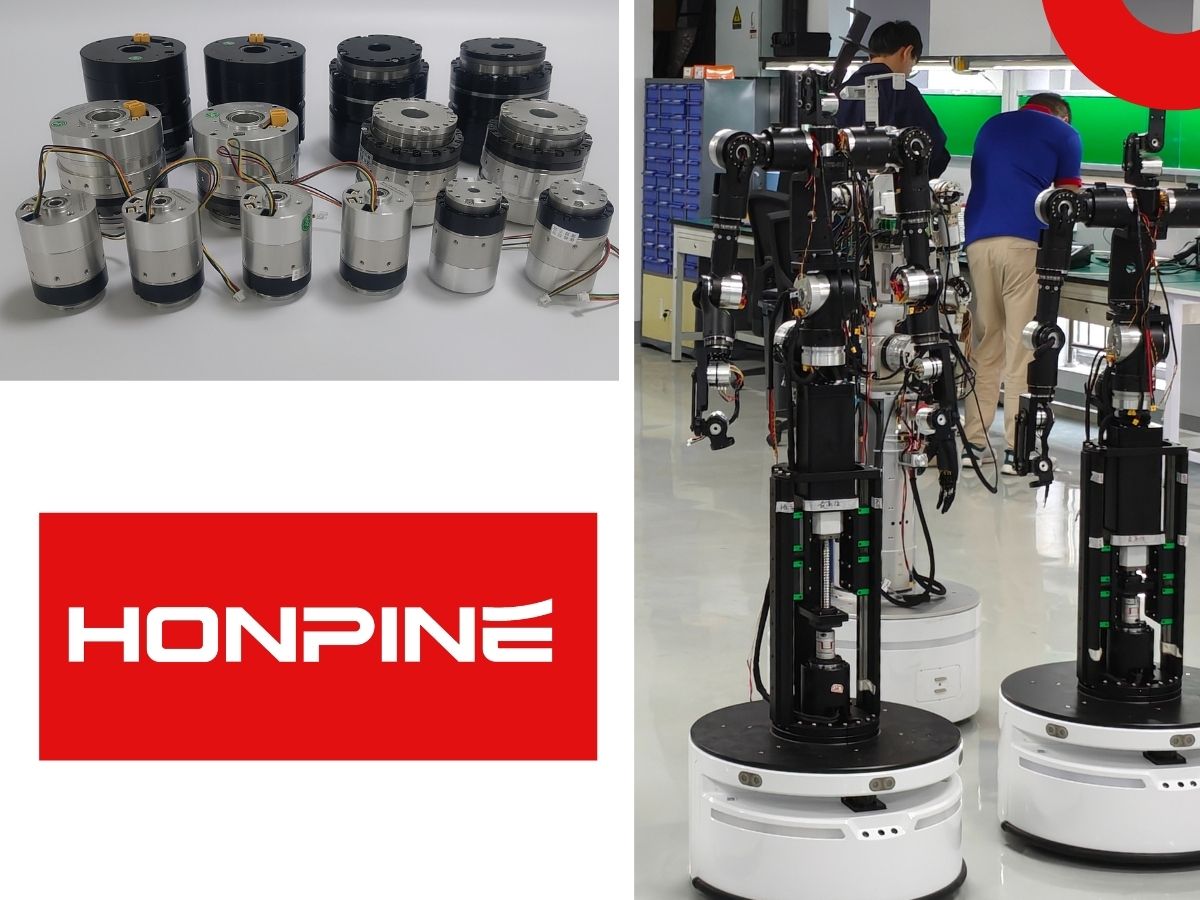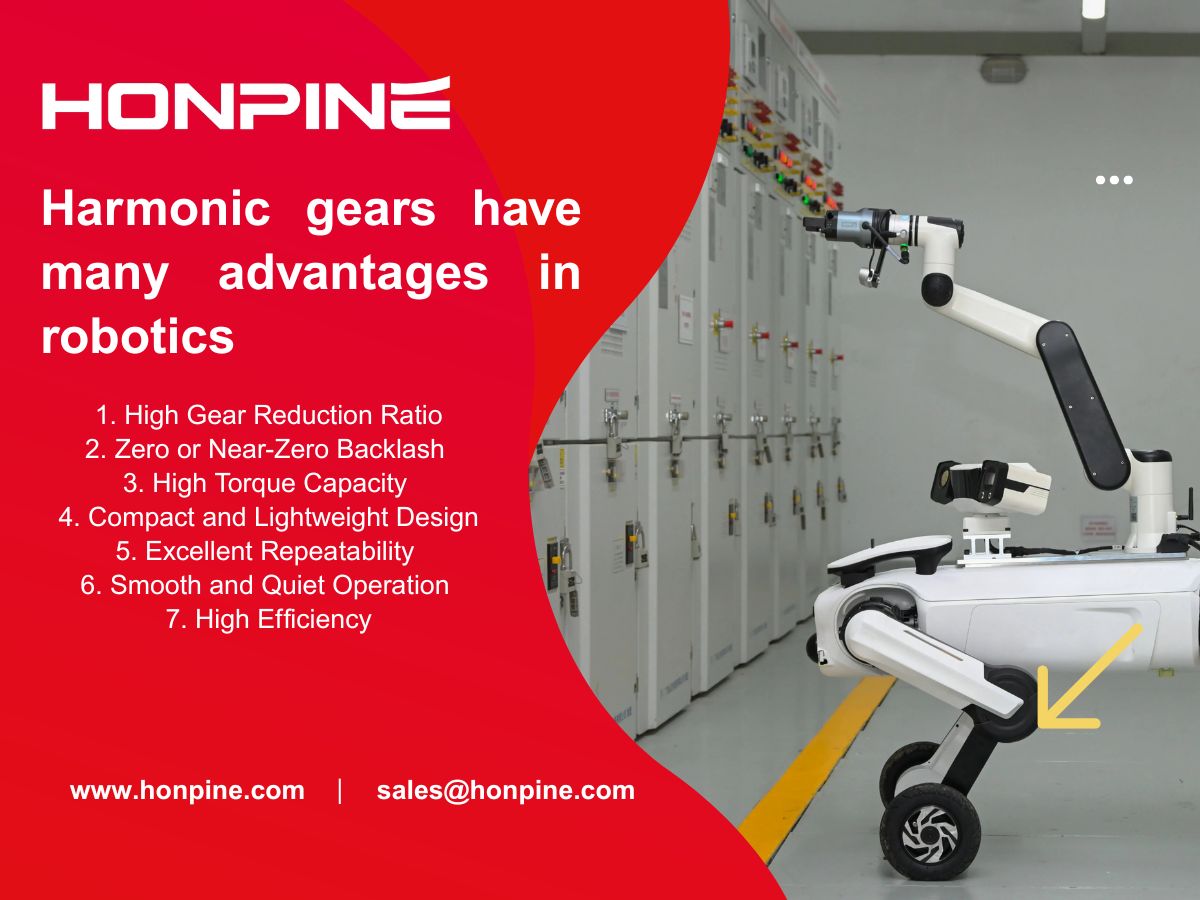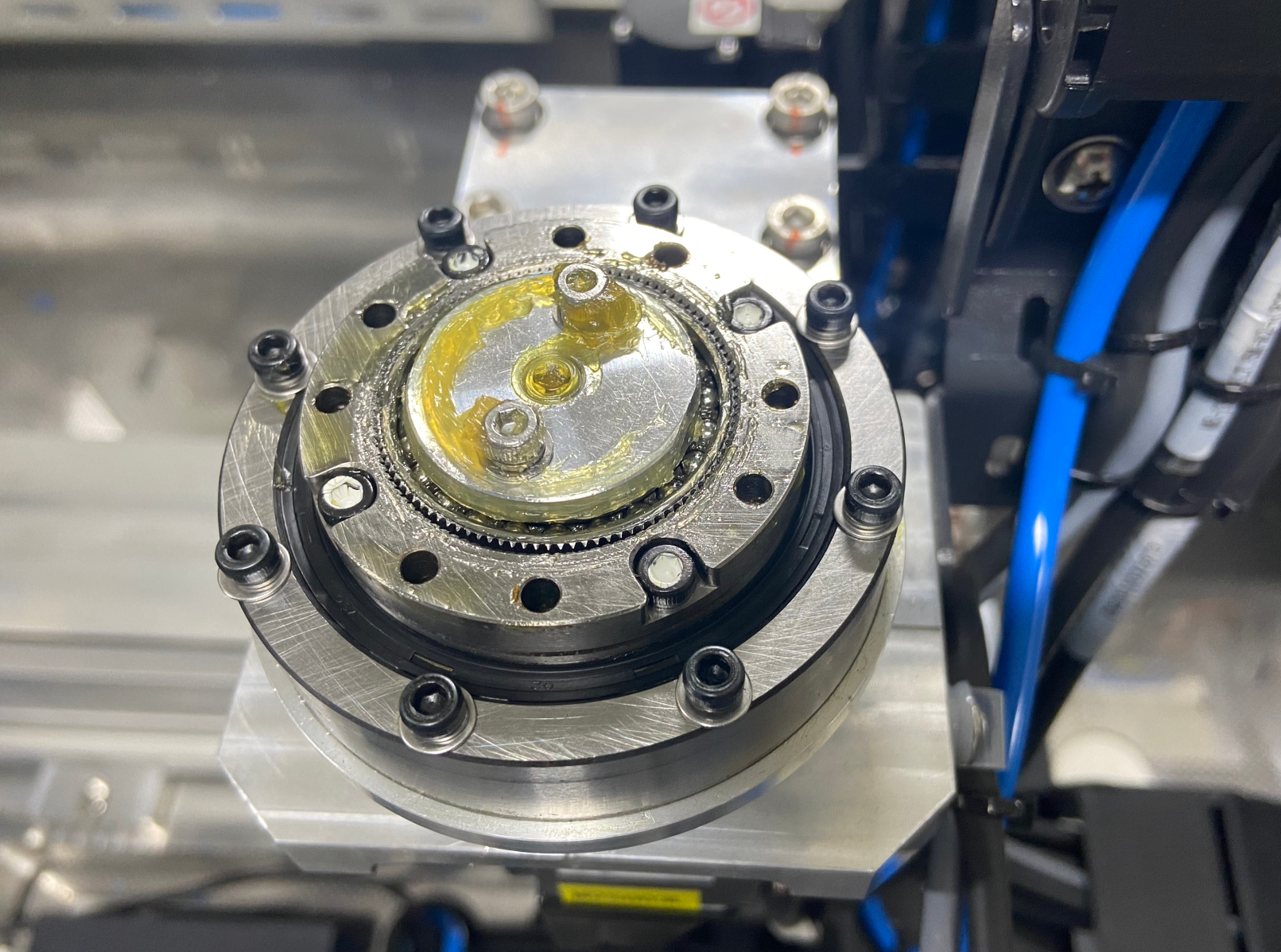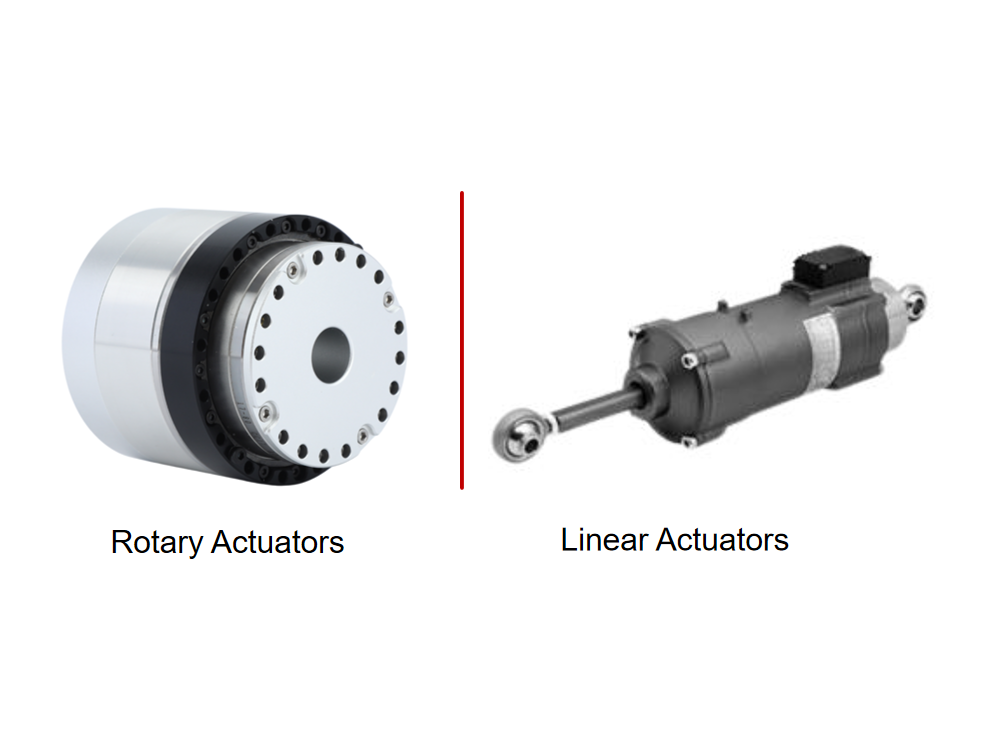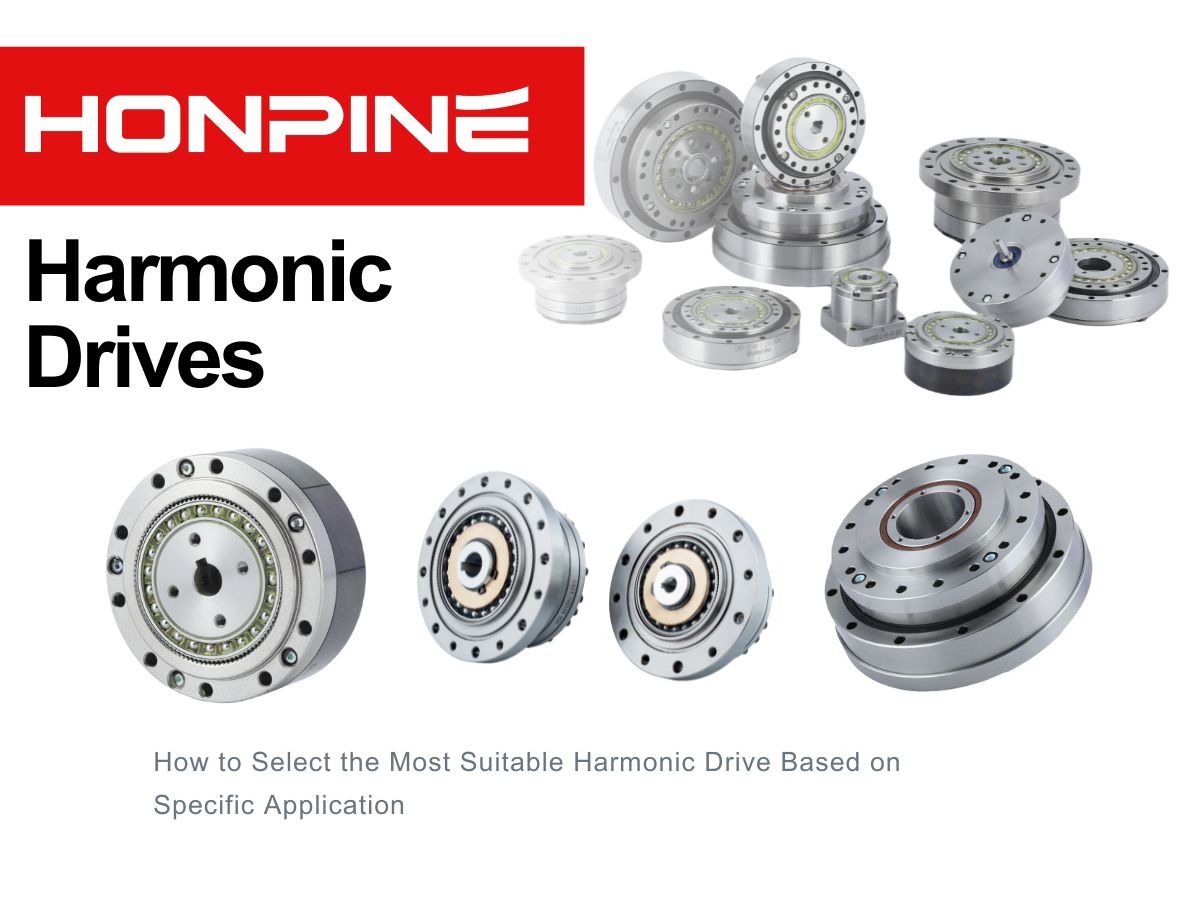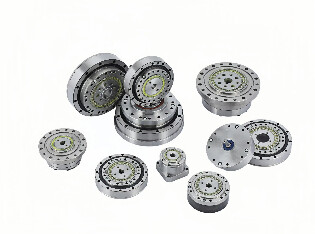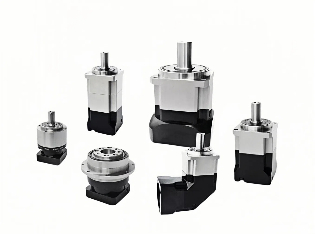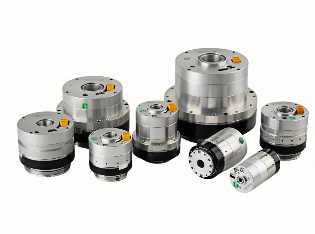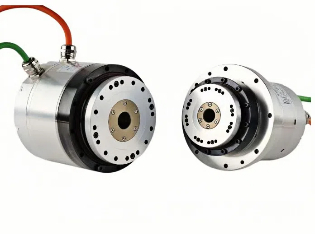How HONPINE Integrated Wheeled Reduction Motors Are Used in Wheeled Robots
With the rise of embodied intelligence, an increasing number of products are adopting AGVs (Automated Guided Vehicles) as mobile platforms, especially wheeled dual-arm robots. This article will analyze the core technologies of AGVs and the HONPINE Integrated Wheeled Reduction Motor.
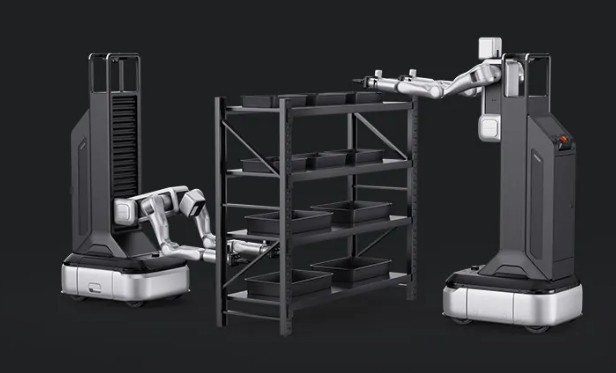
1. Advantages of Wheeled Robots
Wheeled robots do not require complex gait algorithms and have lower maintenance costs, making them inherently suitable for large-scale corporate deployment needs. While bipedal robots are still practicing stair climbing in laboratories, wheeled robots have already moved hundreds of thousands of boxes in factories.
2. What is an Integrated Wheeled Reduction Motor?
The HONPINE Integrated Wheeled Reduction Motor highly integrates core components such as the servo drive, servo motor, encoder, and wheel. It can construct a four-wheel steering and four-wheel drive omnidirectional mobile chassis capable of straight-line movement, lateral shifting, and skillfully adapting to narrow aisles and tight turning spaces, providing full omnidirectional driving capability.
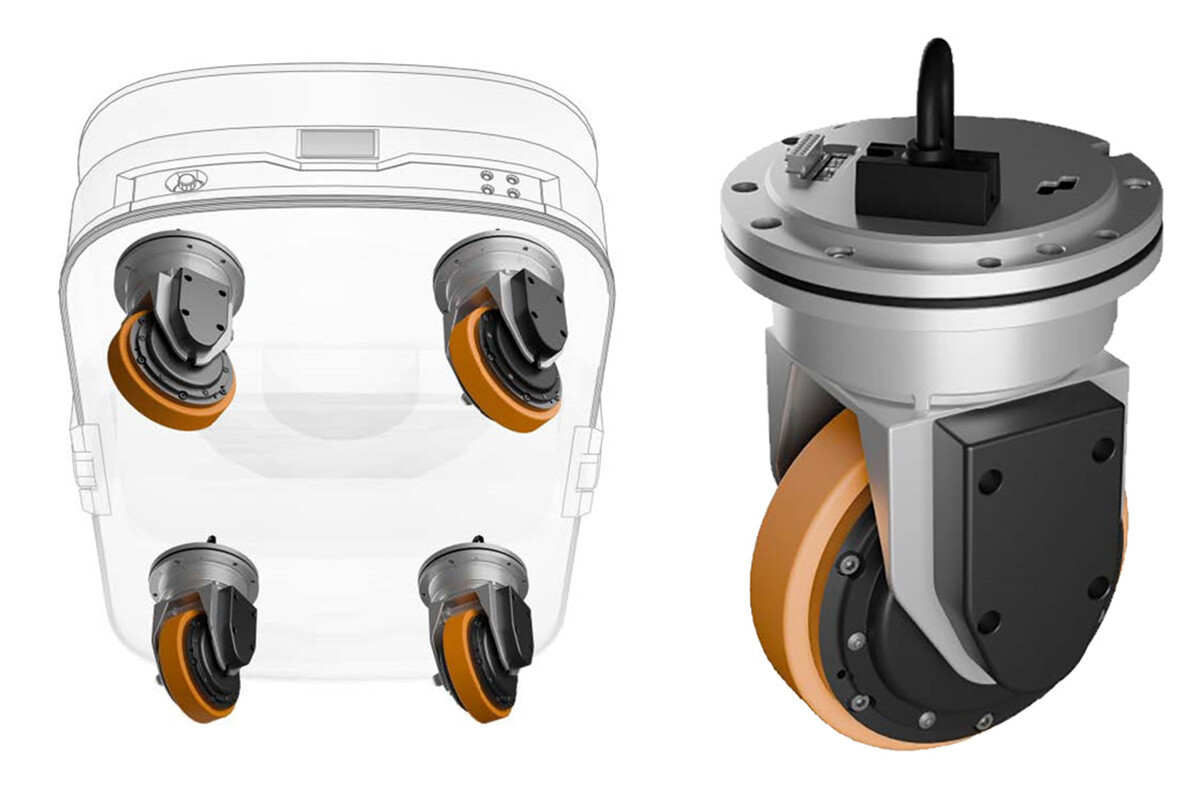
3. Typical Wheel System Configurations for Robots:
The wheel system is the core of an AGV's mobility, and different wheel layouts determine its movement characteristics.
- Three-wheel structure: Typically "two independently driven rear wheels with differential steering + a front caster wheel" or "a single steering drive wheel + two passive caster wheels."
- Four-wheel structure: Common configurations include "two drive wheels + two caster wheels" or all-wheel drive/steering systems.
4. Special Considerations for the Suspension System
The AGV suspension system not only provides shock absorption but, more critically, ensures all wheels maintain continuous contact with the ground under various road conditions. For AGVs with four or more wheels, a suspension floating device (such as a spring damping mechanism) must be designed to prevent driving wheels from lifting off and slipping or steering wheels failing due to uneven surfaces. Wheel material: Solid rubber tires are mostly used to avoid the risk of deflation associated with pneumatic tires, making them particularly suitable for industrial environments.
In the future, wheel-leg hybrid forms may emerge, combining the speed of wheeled systems with the obstacle-crossing ability of legged systems. However, in the short term, wheeled platforms remain the core carrier for the practical application of embodied intelligence. The commercialization of humanoid robots never pursues a perfect form but rather adapts to current needs. Where there are robots, there is HONPINE. In this era of continuous development in robotics technology, HONPINE is also constantly upgrading its products.
- iSML055-08503-MADC Robots Steering Wheel Drive Module
- iSML055-08503-MADC Robot Servo Wheel Hub Motor
Double Click
Products Catelog
